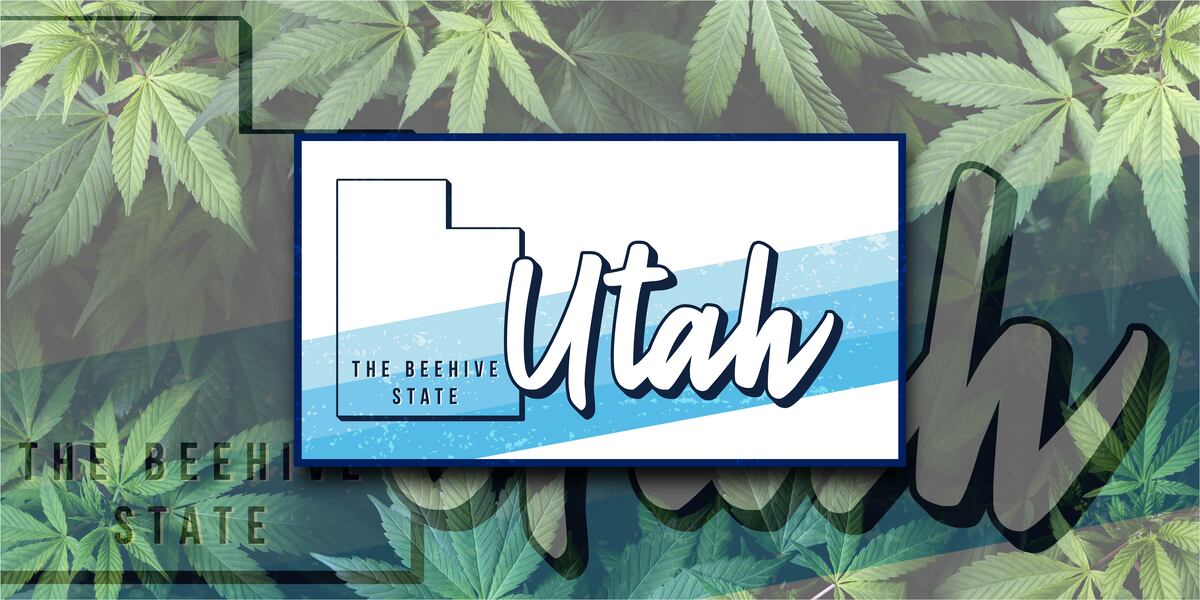Utah Marijuana Packaging Regulations: A Complete Guide for 2025

Utah’s medical cannabis program has grown steadily since its legalization in 2018. Along with this growth, the state has put strict rules in place for packaging and labeling. Utah marijuana packaging regulations ensure that every cannabis product meets safety standards, prevents appeal to minors, and maintains product quality from cultivation to dispensary shelves.
For businesses in Utah’s cannabis market, following these regulations is more than a legal requirement. Compliance helps build trust with patients and protects the long-term stability of the industry.
Legal Framework Overview
Utah Code: Packaging and Labeling Foundations
Two sections of the Utah Code form the basis for cannabis packaging rules:
- § 4-41a-602 (Medical Cannabis Packaging Requirements) – This law requires child-resistant and tamper-evident packaging. It prohibits designs that appeal to children and mandates pharmacy labels, batch tracking, and health warnings.
- § 4-41a-502 (Cultivation Facility Packaging Standards) – Cultivation facilities must place cannabis in tamper-evident containers that do not attract minors before sending products to processors.
These laws set the baseline: packaging must protect consumers, keep products intact, and avoid marketing that appeals to underage users.
Utah Administrative Code: Detailed Rules
The Utah Administrative Code adds specific rules for packaging and labeling:
- R66-2-13 – Processing facilities must follow Good Manufacturing Practices (GMPs). Packaging must be child-resistant under federal standards (16 CFR 1700) and cannot contaminate the product.
- R66-35-5 – Labels must include the product name, cannabinoid content, batch ID, suggested use, allergens, disclaimers, and access to a Certificate of Analysis (CoA).
Key Packaging and Labeling Requirements
Child-Resistant and Tamper-Evident Packaging
All cannabis products must use packaging that meets federal child-resistant standards and includes tamper-evident features. This protects children and ensures that any opening is clearly noticeable.
Prevention of Child Appeal
Utah law strictly prohibits packaging that could attract children. Labels cannot include cartoons, candy-like images, or bright, playful designs. For edibles (e.g., gummies or lozenges), images of the product itself are not allowed.
Opaque, Safe Packaging Materials
Packaging must be opaque so the product inside is not visible. It must also be made from materials that do not interact with or contaminate the cannabis. This is especially important for edibles, tinctures, and concentrates.
Mandatory Label Content
Every cannabis product in Utah must have a label that shows:
- Product or brand name and container size
- Net weight or volume
- Cannabinoid profile (THC, CBD, and other active compounds)
- Extraction method (e.g., CO₂, ethanol)
- Full ingredient list and allergens
- Suggested use and serving size
- Batch or inventory control number
- Name of the medical cannabis pharmacy
- Safety warnings and disclaimers
Disclaimers and CoA Access
Labels must clearly state that the product has not been evaluated by the Food and Drug Administration (FDA) and is not intended to diagnose, treat, or cure any disease. Patients must have access to third-party lab results through a QR code or web link printed on the package.
Rules for Edibles
Edibles have extra requirements:
- Labels must include warnings about over-consumption.
- No images of the food product are allowed.
- Gelatinous candies like gummies must follow strict child-resistance rules.
Synthetic or Derivative Cannabinoids
Products containing synthetic or derivative cannabinoids, such as Delta-8 THC, must clearly state this on the label.

Recent Legislative Developments
Utah lawmakers are strengthening cannabis packaging rules. H.B. 357, introduced in 2025, proposes to:
- Ban images of cannabis content on labels for gel-style edibles.
- Require clearer labeling for synthetic cannabinoids.
- Give the Department of Environmental Quality more authority to standardize label formatting and limit child-appealing imagery.
Best Practices and Compliance Tips
Cannabis businesses in Utah must follow both the letter and spirit of the law. These best practices can help ensure compliance:
- Use tamper-evident, opaque, child-resistant containers for all products.
- Partner with packaging suppliers who understand Utah-specific regulations.
- Include batch tracking, ingredient lists, cannabinoid content, and disclaimers on every label.
- Add scannable QR codes that link directly to Certificates of Analysis (CoAs).
- For edibles, avoid images of the product and provide clear warnings about overuse.
- Stay updated on legislative changes, including bills like H.B. 357.
Following these steps helps businesses remain compliant, protect patients, and build trust in the Utah cannabis market.
Final Word
Utah marijuana packaging regulations are some of the strictest in the country. They focus on safety, protecting children, and building trust in the state’s medical cannabis program.
For cannabis businesses, following these rules helps avoid penalties and shows a commitment to patient safety and product transparency.
Are you a cannabis business in the Beehive State and need fully compliant packaging assistance? Custom 420 Supply is here to help! We invite you to reach out through our contact page to learn more.
Frequently Asked Questions (FAQs)
Utah strictly prohibits cannabis packaging from appealing to children. This means no cartoons, mascots, bright candy-like designs, or images that resemble non-cannabis products. Edibles cannot display pictures of the food itself. Branding must remain professional, factual, and not misleading.
No. Utah law forbids cannabis labels from making health claims, therapeutic promises, or offering medical advice. Every package must include a disclaimer stating the product has not been evaluated by the FDA and is not intended to diagnose, treat, or cure any condition.
All cannabis products must list both the expiration date (to ensure patient safety and product integrity) and a batch or inventory control number (for quality assurance and traceability). This helps regulators and pharmacies track products in the event of recalls or compliance checks.
